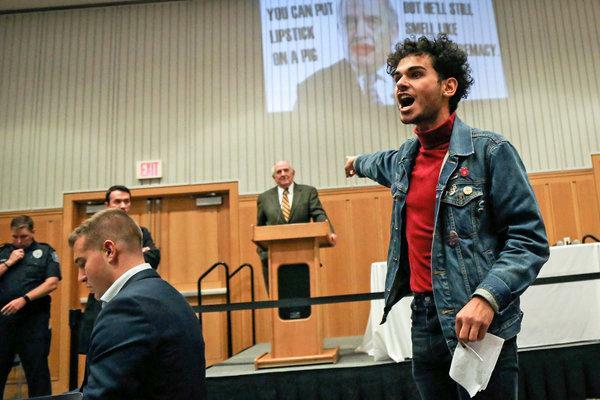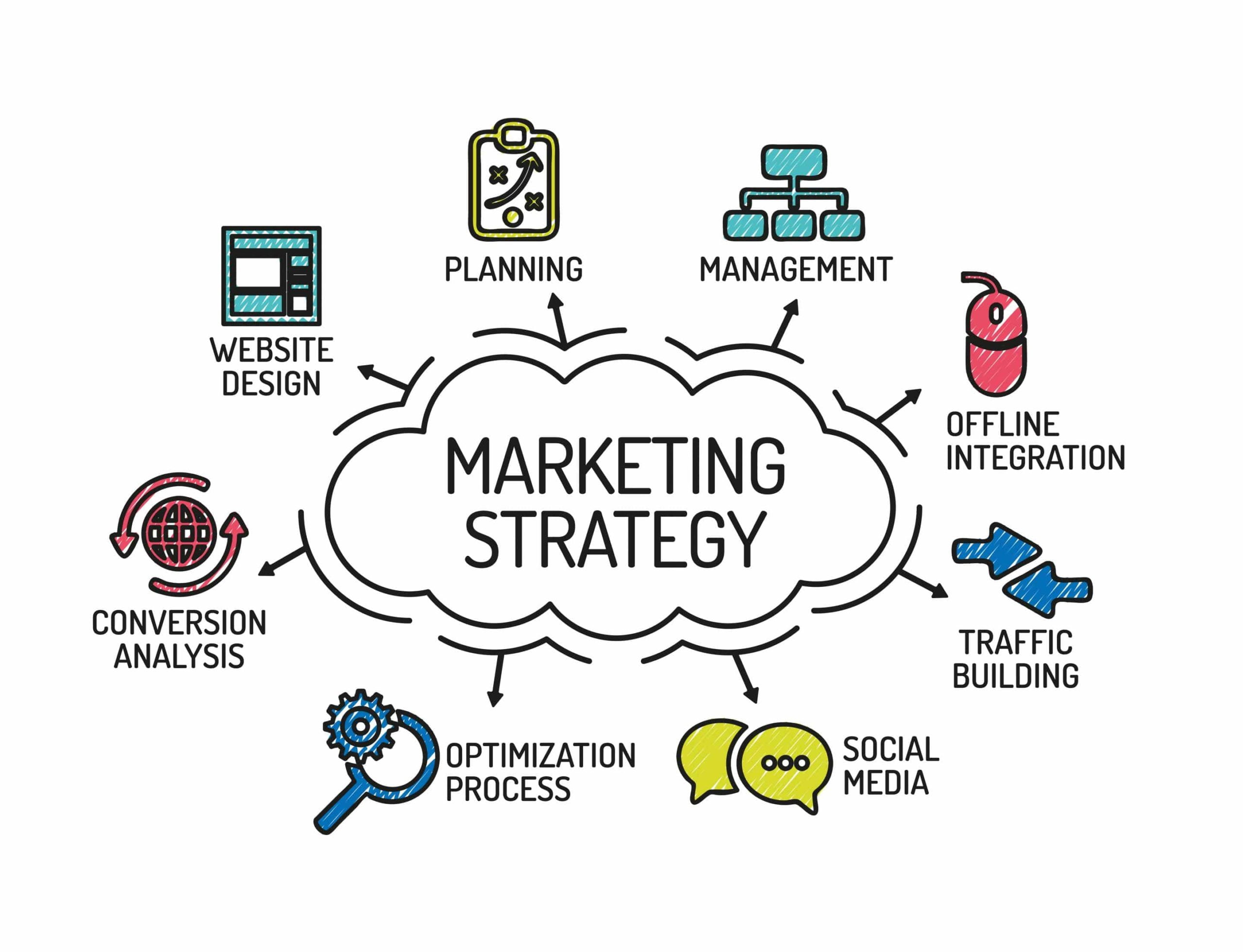Each week, we review the week’s news, offering analysis about the most crucial developments within the tech enterprise. Want this newsletter for your inbox? Sign up right here.
Hi, I’m Jamie Condliffe. Greetings from London. Here’s a examination of the week’s tech news:
The grey vicinity among the top and terrible could be tough to deal with in the quest to ease up the web. As the Notre Dame cathedral in Paris burned last Monday, a YouTube effort to fight incorrect information failed. The platform’s automated reality-checking feature — a container that suggests facts to help viewers contextualize photos — incorrectly displayed facts about Sep 11, 2001, attacks along live streams of the fireplace.
“These panels are induced algorithmically, and our systems sometimes make the wrong call,” YouTube said in an announcement. The business enterprise said it had no further information about what went incorrect.

The failure raises a question: If a platform can’t offer facts reliably, how can we consider it to take down bad content efficaciously? Facebook, YouTube, and other Big Tech groups say malign content will need to be policed automatically because it’s too big an activity for humans. But algorithms will struggle against our subjectivity. This is a hard problem. In a profile with the aid of my colleague Daisuke Wakabayashi, YouTube’s chief govt, Susan Wojcicki, said borderline content material — a cloth that is probably harmful however does not destroy guidelines — became specifically tough to police.
Rasmus Nielsen, a professor of political communication at Oxford University who research incorrect information, stated, “The problem will in no way be solved if solving it manner doing away with all the awful stuff, due to the fact we are able to’t agree on what the bad stuff is.”
Accept that, and a difficult question follows. “Knowing that things received’t be best, what will we sense is most perfect?” Mr. Nielsen requested. “A machine that errs on the facet of caution, or one that airs at the aspect of being permissive?”
Decisions on that appear set to be fashioned using the law, which includes draft regulation permitted through the European Union on Wednesday that could require systems to take down terrorist content material within one hour of notification from the authorities, or this month’s proposals from Britain to first-class tech groups if they don’t take away “dangerous” content fast.
This fast descends into the thorny problem of probably infringing free speech rights to make sure that structures remain clean. Lawmakers will struggle with what types of algorithms they need to deploy to enforce their regulation, and there’s no clean solution.
Apple’s massive 5G backdown
For years, Apple and Qualcomm have been locked in sour patent battles across three continents. The iPhone maker sought $27 billion in damages; its former chip dealer wanted $15 billion. My colleagues Don Clark and Daisuke Wakabayashi reported that the businesses had agreed to brush aside their litigation on Wednesday. The agreement includes a multi-year agreement for Qualcomm to supply chips to Apple and an undisclosed one-time charge to Qualcomm from Apple.
Why the exchange? Playing a huge position had been small characters: 5G. Both businesses care deeply approximately it. As The Wall Street Journal referred to, Qualcomm “skilled its focus at the future promises of 5G” for greater than two years, concentrating its efforts on developing standards and new chips that enable smartphones to access the networks. The new 5G generation will offer faster data speeds and is expected to be extensively adopted in the coming years.
Apple has worried about its supply for the one’s chips. While it was locked in conflict with Qualcomm, the chip maker’s components — that are already match for inclusion in telephones — have been not a choice. That left some unpalatable alternatives:
■ Go with Intel; it’s a 4G provider. But rumors of delays at Intel counseled that might have driven returned a 5G iPhone release utilizing a yr.
■ Team up with Huawei, which stated Tuesday that it turned into “open” to selling 5G chips to Apple. But that would look horrific for the iPhone maker, given Washington’s worries about countrywide safety risks posed using Huawei.






